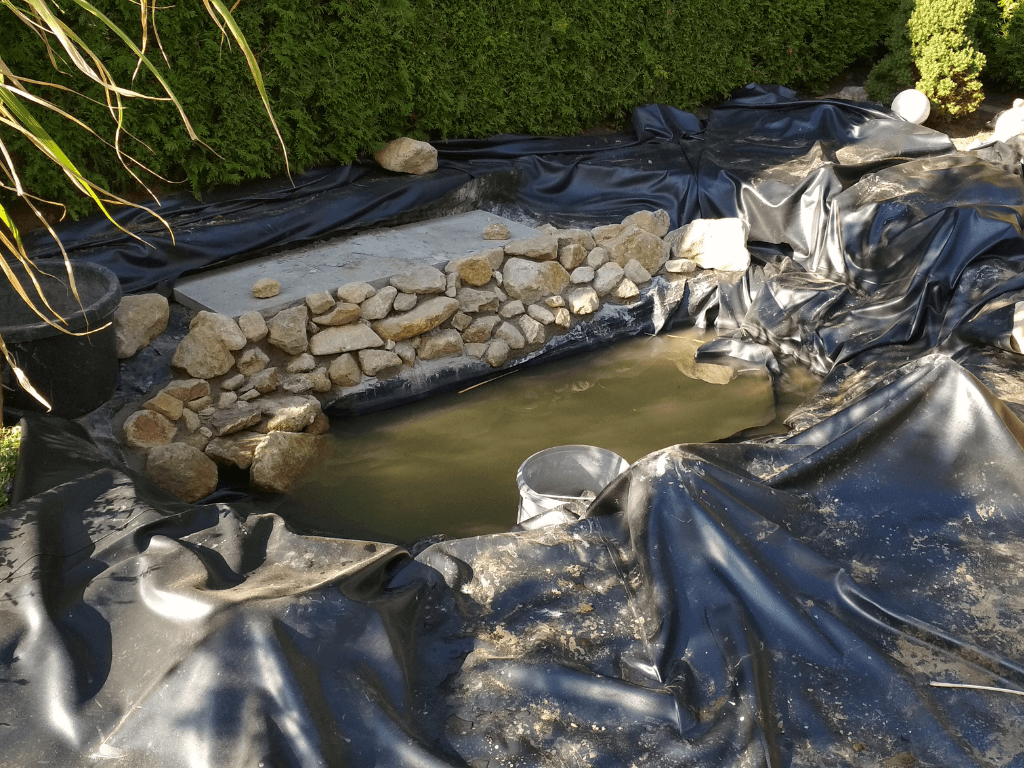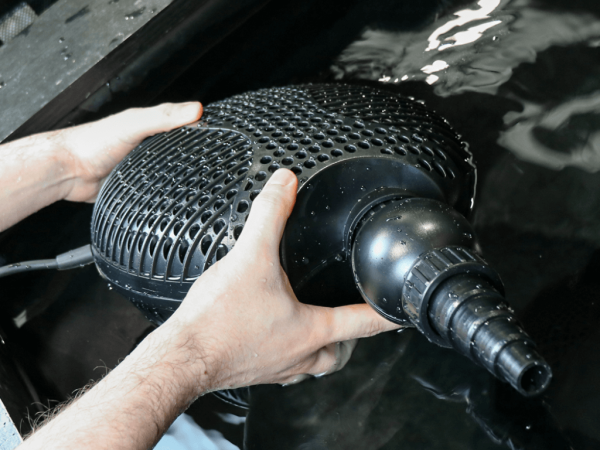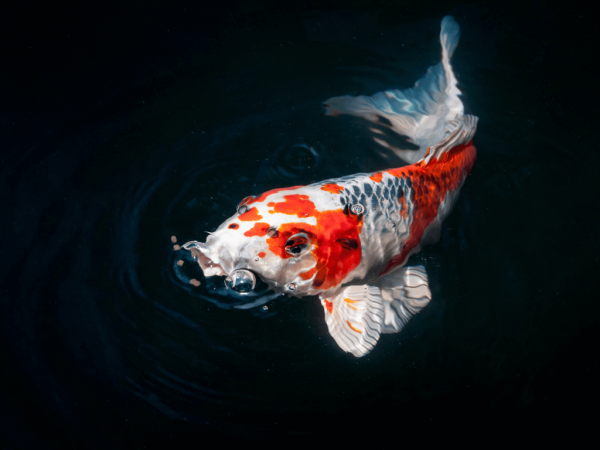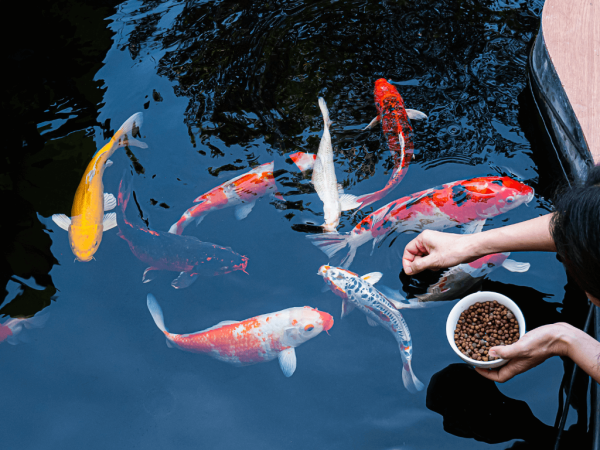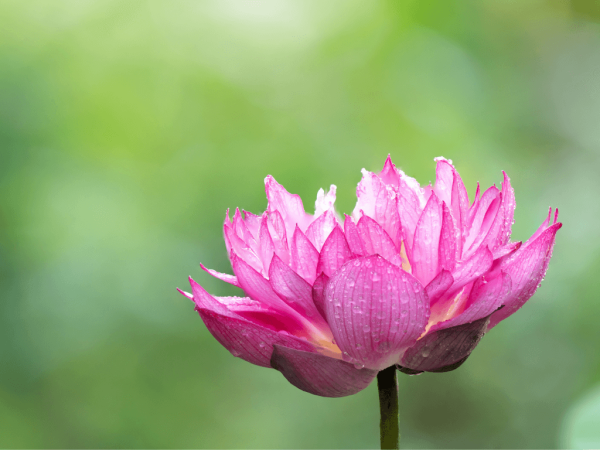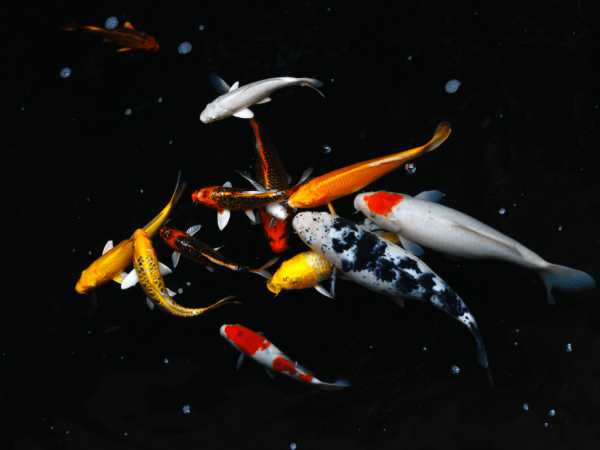Everything You Need To Know About Swell UK Pond Liners
When it comes to making a garden pond, there’s nothing more important than a pond liner. These essential pieces of equipment form the very foundation of your pond, lining a pre-dug hole with a durable yet flexible material that’s designed to keep dirt out and water in. We stock a wide range of pond liners here at Swell UK, suitable for all types of garden ponds from small wildlife ponds to large Koi ponds. Here's everything you need to know about these liners, from what they're made of to the guarantees that cover them...
What are pond liners?
A pond liner is layer of impermeable material designed to form a barrier between the ground around a pond and the water inside. They’re made using a high-pressure, high-heat process that results in an elastic and chemically stable product. This is what makes them easy to install and safe for housing fish and other aquatic life.
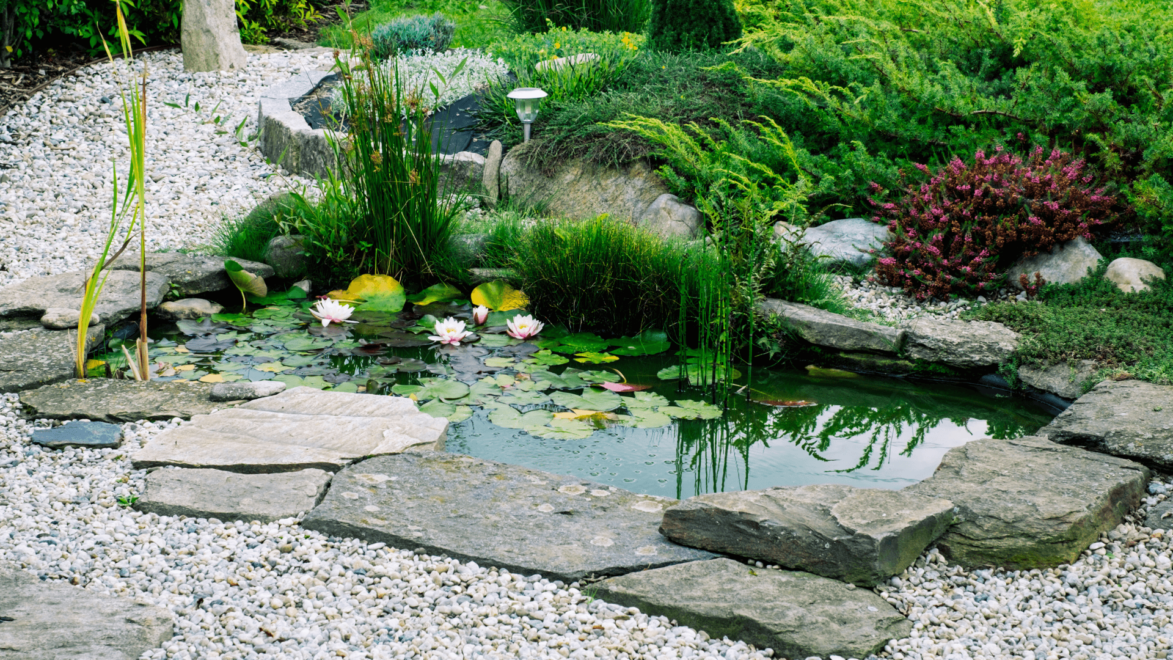
There are many sizes of liners to choose from, from small pond liners suitable for tiny nature-style ponds, to large pond liners suitable for big ornamental ponds full of fish, like Koi ponds. A large pond liner is often called a lake liner, because of its size. These are typically heavy duty liners designed to cover huge outdoor spaces, often in excess of 20m².
Not all garden ponds have pond liner foundations. Some, like preformed ponds, rely on a plastic/carbon-fibre basin to retain pond water. These kinds of ponds may be attractive to new pond keepers for their simplicity, but they don't offer the amazing flexibility that pond liners do. They're also limited by their shape and size, with a maximum depth that cannot be changed. This rules out the use of some pond pumps, pond filters, and water features with a set maximum depth.
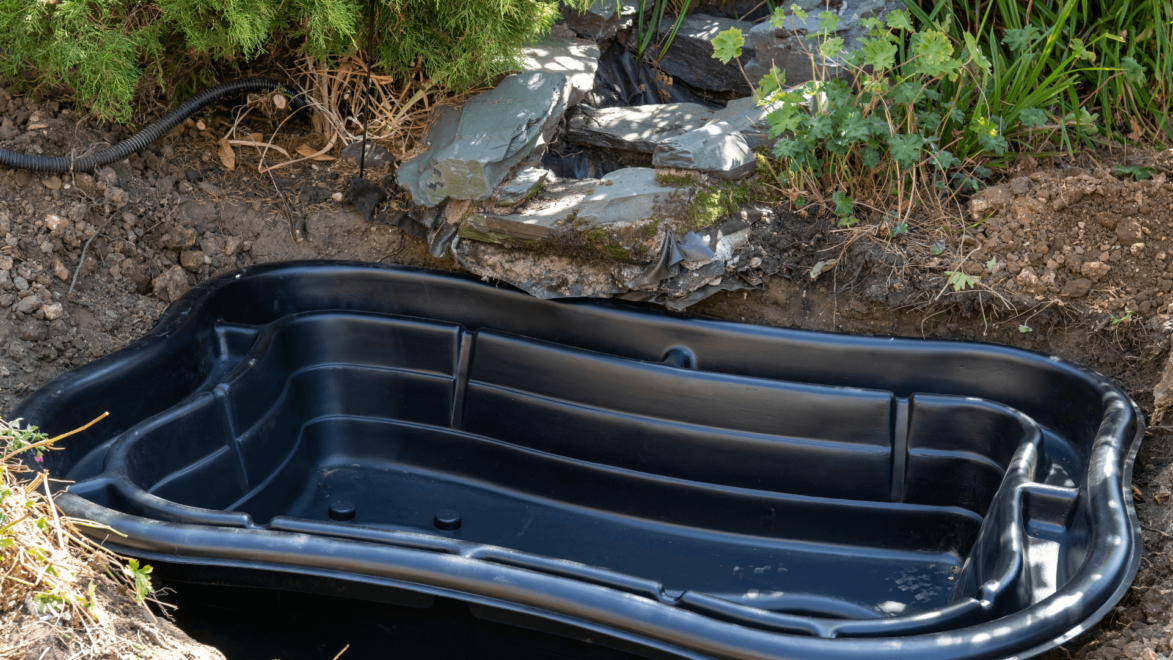
Just as they vary in size, pond liners vary in materials too. There are several different types of garden pond liners out there. Our range includes: HDPE liners, PVC liners, and EPDM liners (also known as rubber pond liners). These are all quality pond liners, but they each have their individual pros and cons that make them suitable for different kinds of ponds.
HDPE pond liners: Pros & Cons
HDPE, or high-density polyethylene, is one of the most popular pond liner materials. It’s very UV resistant and performs well in cold temperatures, making it a great choice of pond liner material for areas with unpredictable weather conditions. It’s also resistant to a wide range of chemicals, so much so that they’re often used in landfills and chemical containment sites. These heavy duty liners are relatively inexpensive too, particularly when compared with alternatives like rubber pond liners.
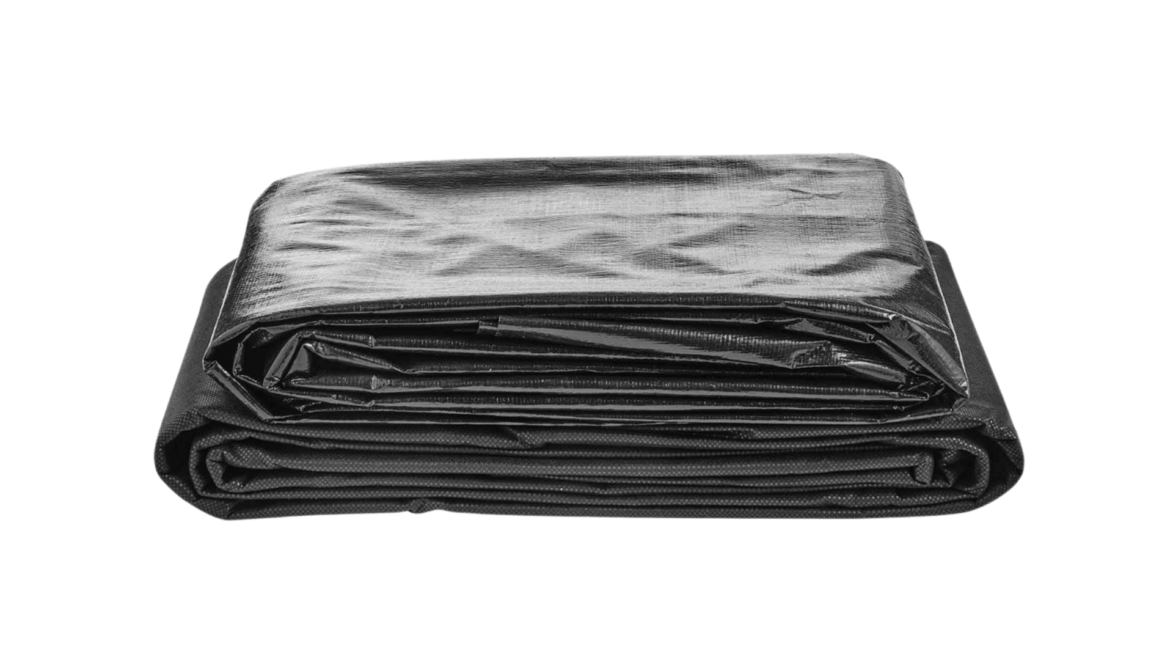
HDPE liners aren’t without their cons, however. They're fairly stiff and heavy, making them a little tougher to install than, say, rubber pond liners which tend to be more supple and flexible. They can be more prone to punctures and surface scratches than other liners too, so they need to be partnered with a high-quality protective underlay to ensure they’re well protected from sharp stones and twigs.
PVC pond liners: Pros & Cons
PVC, or polyvinyl chloride, is commonly associated with pipes and plumbing, but it’s also a popular pond liner material. It’s one of, if not the cheapest pond liner material available. It’s very flexible too and can conform snugly in tight corners and crevices, making it a great choice for nature-style ponds with lots of nooks and crannies.
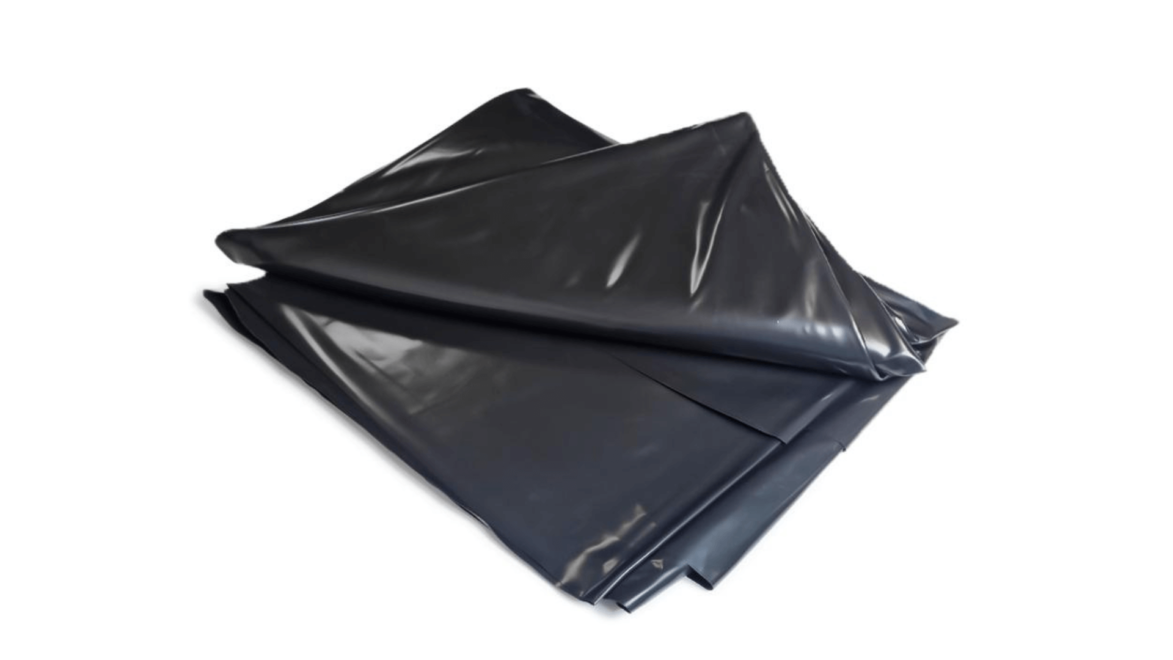
Where PVC liners are let down is in their resistance to UV damage. They’re not quite as UV resistant as HDPE pond liners or rubber pond liners and are likely to degrade quicker than these alternatives. They’re also prone to cracks and splits in very low temperatures, so use them with caution if you live in an area where it regularly drops below zero.
EPDM pond liners: Pros & Cons
EPDM, or ethylene propylene diene monomer, is a synthetic rubber material. Ethylene propylene diene monomer is durable yet supple, making for pond liners that are not only incredibly easy to install, but built to stand the test of time too. EPDM doesn’t expand or contract at high/low temperatures either, so temperature differences won’t cause it to lose its grip on your ground’s surface.
Despite their softness, EPDM pond liners are resistant to punctures, UV rays, and general wear and tear. They’re only let down by the fact that they can be quite pricey, but you do get what you pay for – high-quality pond liners that are well-suited for both small and large custom ponds!
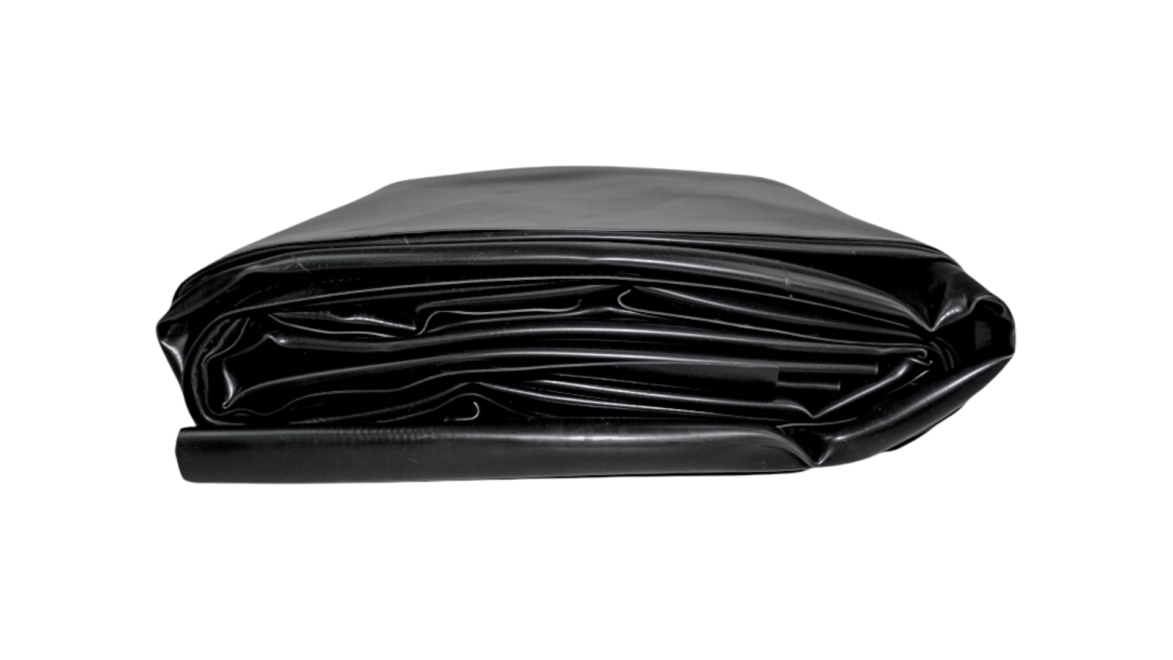
EPDM isn’t the only type of synthetic rubber material used in some pond liners, there’s butyl too. For a long time, butyl rubber pond liners were the most widely used type of pond liners in the UK, thanks to their highly flexible, easy-to-mould nature. That said, butyl rubber pond liners aren’t quite as durable as EPDM liners and are a little more prone to rips and punctures.
What size pond liner do I need?
Selecting the right pond liner for your pond is usually quite tough, but with our handy pond liner calculator tool it's made quick and easy. Just measure your pond's length, width, and depth, and input the details into the pond liner calculator.
After a speedy calculation, the pond liner calculator will tell you how much pond water your pond will hold and the minimum size pond liner you'll need to sufficiently cover the base of your pond, whether that be for a small pond or a large pond. It'll also tell you the minimum size protective underlay you'll need.
What is protective underlay and do I need it?
A pond liner is only as good as the protective underlay that lies underneath it. This protective underlay, often some form of geotextile fabric, acts as a barrier between the ground around your pond and your pond liner. It protects the pond liner from being punctured or scratched by sharp stones or twigs buried in the ground, and also prevents your pond liner from shifting due to any ground movement. They act as a layer of insulation too.
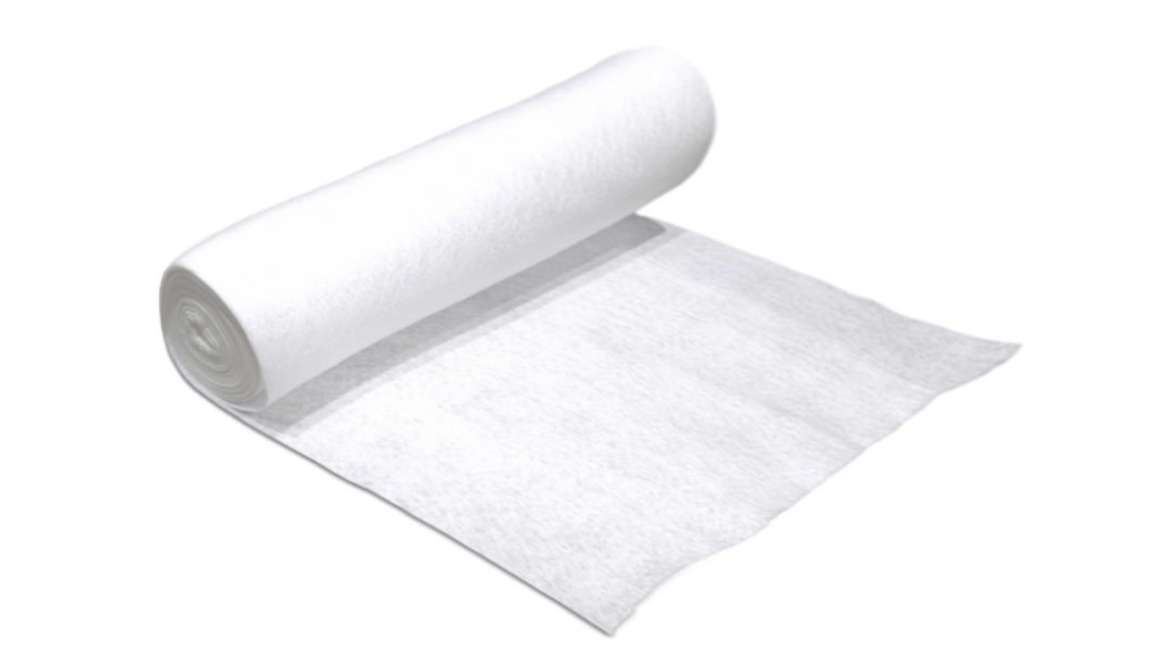
Some garden pond liners are more durable than others, as discussed above, but no matter what type you have, you should always partner your pond liner with a layer of protective underlay. Like pond liners, protective underlay is also available in a variety of sizes and types. Here at Swell UK we stock two types of protective underlay, heavy duty protective underlay or standard protective underlay, and both are available in sizes to fit our pond liners.
We also stock pond liner edging. This is primarily a decorative product, rather than a protective one, but it does help to cover up the edges of your pond liner and shield them from damaging UV rays and other atmospheric agents, like frost.
What does the guarantee on Swell UK pond liners cover?
Most of our garden pond liners come with guarantees, ranging from 25-years to lifetime guarantees (these guarantees are stated in the descriptions of specific products). These guarantees cover your pond liners from UV damage one of the main causes of pond liner degradation. All of our pond liners are UV resistant, but these guarantees help to give you, the pond owner, that extra piece of mind.
It’s important to note, however, that these guarantees don’t cover your pond liner from punctures. It’s recommended that you purchase a puncture-resistant layer of protective underlay to sit underneath your pond liner and protect it from any rough rocks.
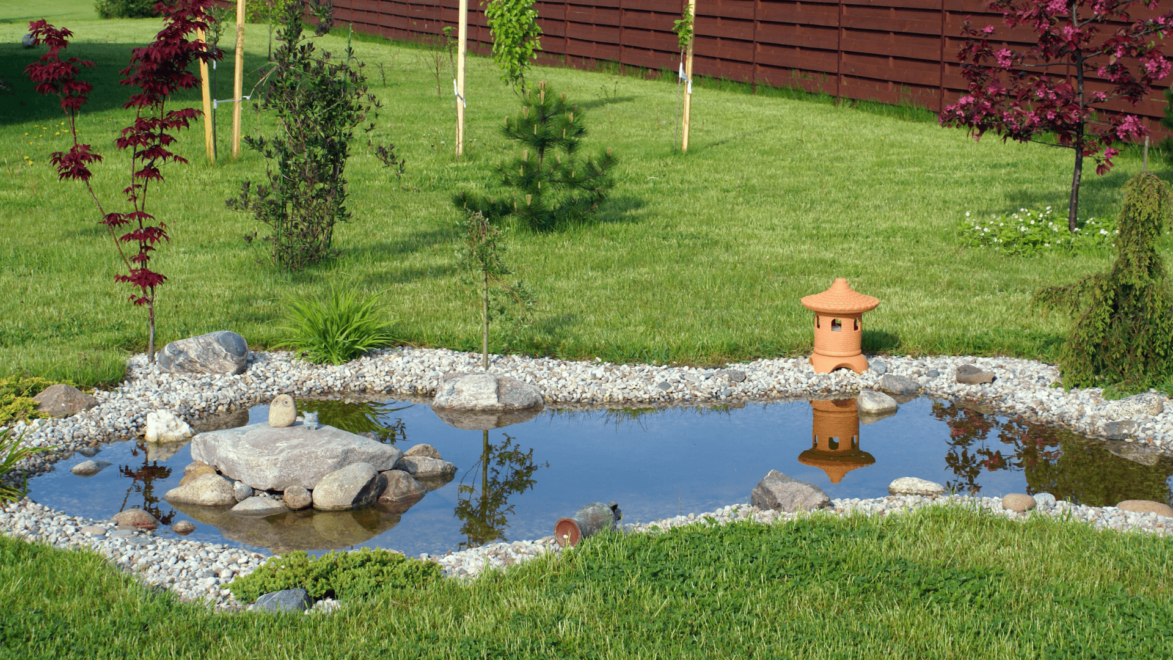
What should I look for in a pond liner?
There’s a lot of variety when it comes to pond liners and picking the type that will work best for you and your pond is a difficult task! That said, there’s a lot of information here to get you started, plus a handy pond liner calculator tool at the top of the page. For more advice, check out our FAQ on pond liners and useful help guides on pond building.
What else do I need to create a quality garden pond?
A pond liner may form the foundation of your garden pond, but to turn it into a real outdoor ecosystem you'll need to pick up some more equipment, like a pond pump, a pond filter, and/or some water features. There are really no limits when it comes to additional pond equipment; you can go all out and create a high-tech environment suitable for big pond fish like Koi, or you can keep things simple and build a nature-style pond that runs off of a single pond pump.
For those looking for a simple yet versatile pond pump that can do it all, then our Swell Filter Pumps range will have a model for you. These pond pumps have flow rates from 1,500-17,000 lph, 8mm solids-handling capacities, and detachable strainer cages that make them easy to clean and maintain. Partner one of these pumps with one of our pond filters from the Swell Pressure Filter Premium range and you'll have an effective and efficient pond filtration system capable of supporting many fish.
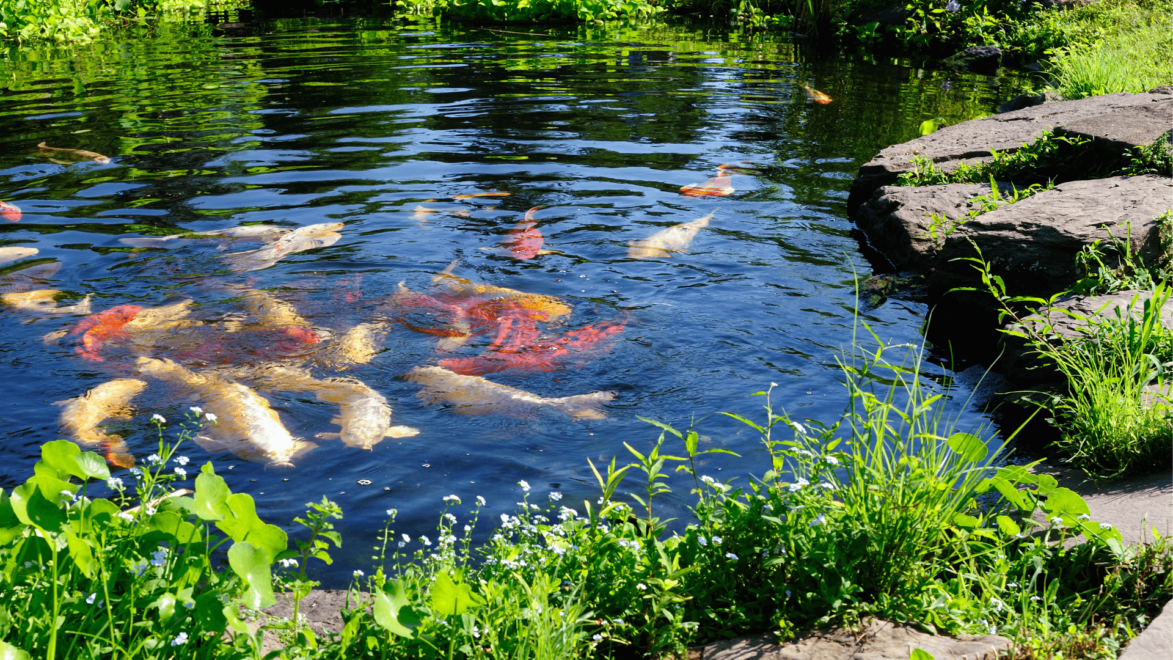
If you're after a more powerful pond pump, then check out our Swell Variable Flow Pond Pump Premium and Swell Multi Pump Premium ranges. These powerful pond pumps can be ran submerged (inside your pond) or dry (outside your pond). The largest models have flow rates ~30,000 lph, making them great for powering big filtration systems like box filters and specialist Koi pond filters.




